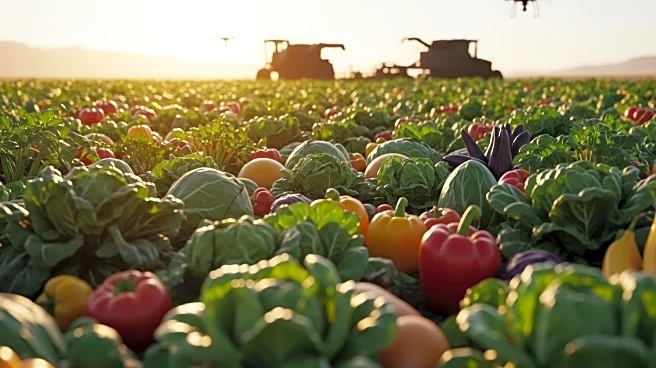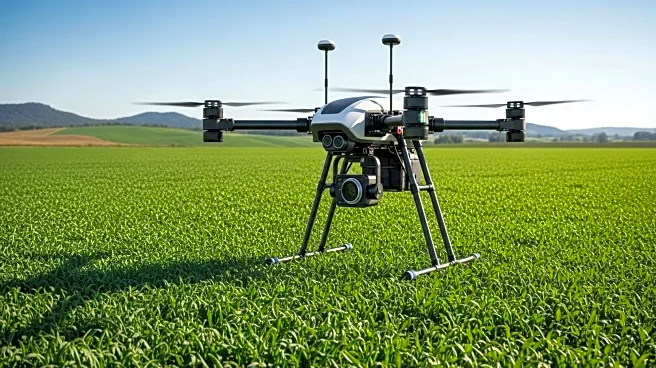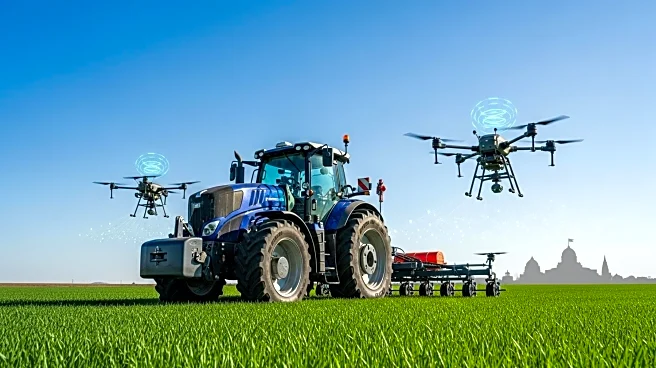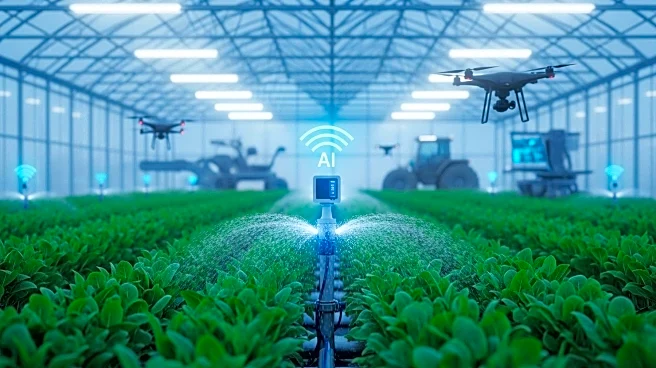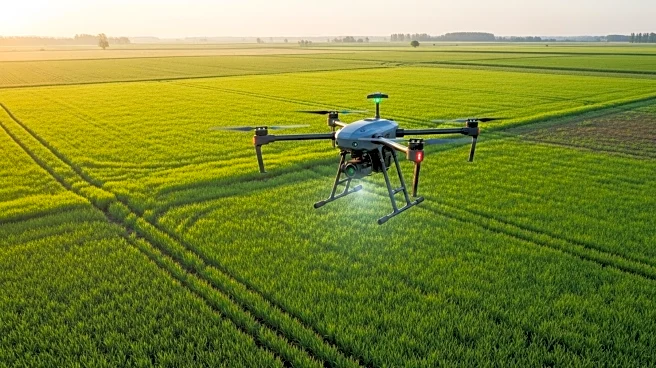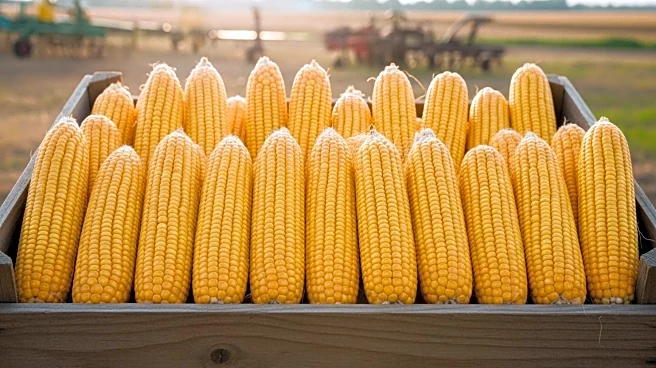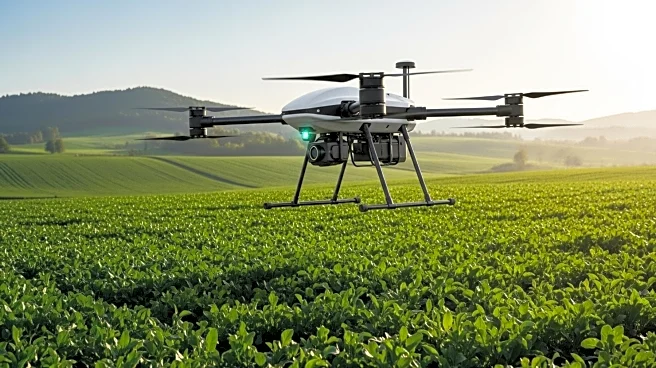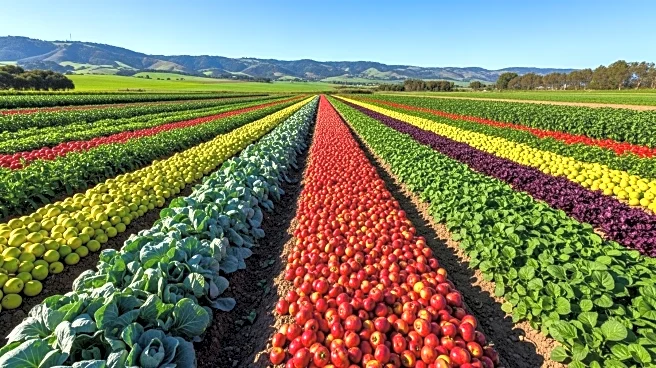What is the story about?
What's Happening?
The United States agricultural micronutrients market is set for significant growth as farmers increasingly seek higher crop yields and sustainable farming practices. The market, which includes essential trace elements like zinc, iron, boron, manganese, copper, and molybdenum, is projected to grow from USD 9,706 million in 2022 to USD 19,197 million by 2031, with a compound annual growth rate (CAGR) of 9%. Recent developments include a $45 million investment by The Mosaic Company to expand production capacity for zinc and manganese formulations, and the launch of Corteva Agriscience's 'NutriMax' suite of multi-micronutrient blends. The U.S. Department of Agriculture has also partnered with agtech firms to develop digitally-enabled micronutrient delivery systems. Companies are integrating AI, drones, and GPS-guided equipment for precise micronutrient application, focusing on sustainable and environmentally friendly products.
Why It's Important?
The growth in the agricultural micronutrients market is crucial for addressing the increasing global food demand and promoting sustainable agriculture. By enhancing crop yields and improving soil health, these micronutrients play a vital role in modern farming practices. The investment in production capacity and technological integration reflects a broader trend towards precision agriculture, which can lead to more efficient resource use and reduced environmental impact. This market expansion benefits farmers by providing them with advanced tools to optimize crop production, while also supporting environmental sustainability goals. Key players like Nutrien Ltd., Nouryon, and BASF SE are positioned to capitalize on these opportunities, potentially leading to increased market competition and innovation.
What's Next?
As the market continues to grow, further investments in production capacity and technological advancements are expected. The focus on sustainable formulations and precision agriculture will likely drive continued innovation in micronutrient products. Government-industry partnerships may expand, fostering the development of new technologies and practices that enhance crop yield and sustainability. Stakeholders, including farmers, agtech companies, and policymakers, will need to collaborate to address challenges such as nutrient management and environmental impact. The market's trajectory suggests a shift towards more integrated and sustainable agricultural systems, with potential implications for global food security and environmental conservation.
AI Generated Content
Do you find this article useful?
